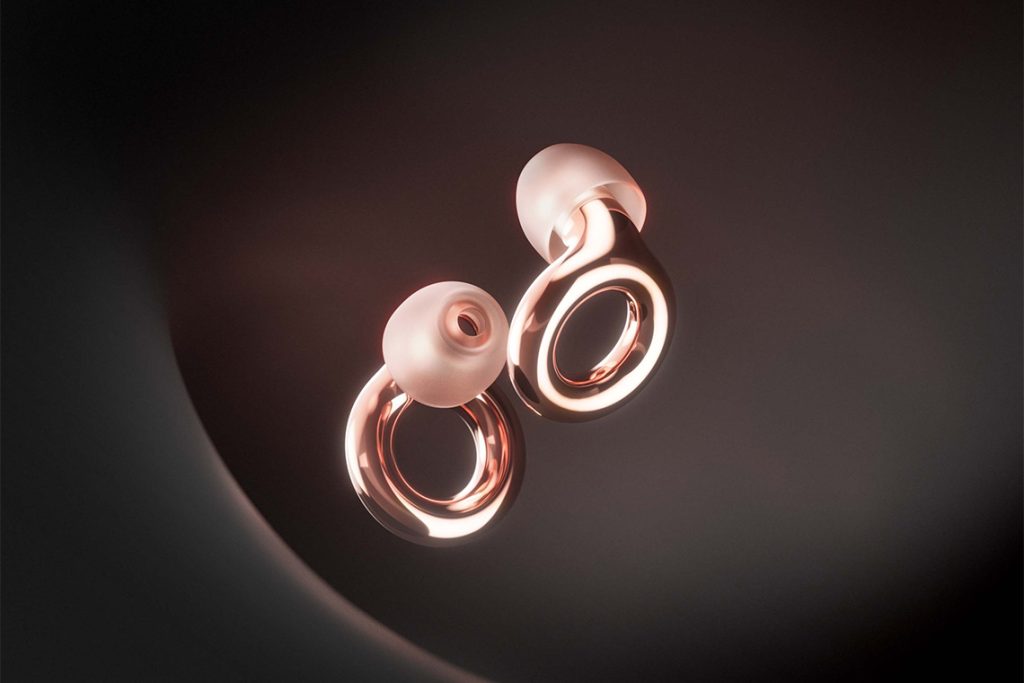
Despite the well-known benefits of earplugs, their use is still stigmatized. This post explores how Loop, a Belgian earplug company, is reshaping earplug aesthetics to break down the social stigma against their use.
Traditional Earplug Design
The design of earplugs has traditionally been approached from a medical model, where earplugs are seen as devices that “fix” noise problems. Earplugs are most often framed as a preventative tool, shielding users from sounds that may damage hearing function.
However, many people – for many individual reasons – also use earplugs to reduce external stimuli. This includes individuals reading or working in a loud environment, autistic people who may experience overstimulation, and individuals with noise sensitivity disorders that can make everyday sounds uncomfortable, such as tinnitus, phonophobia, misophonia, and hyperacusis.
Earplugs tend to distinguish themselves by either their degree of decibel reduction or their ability to allow certain “preferable” frequencies to pass through.
At one end of this spectrum are the ubiquitous and inexpensive foam earplugs meant to block out all unwanted sound.
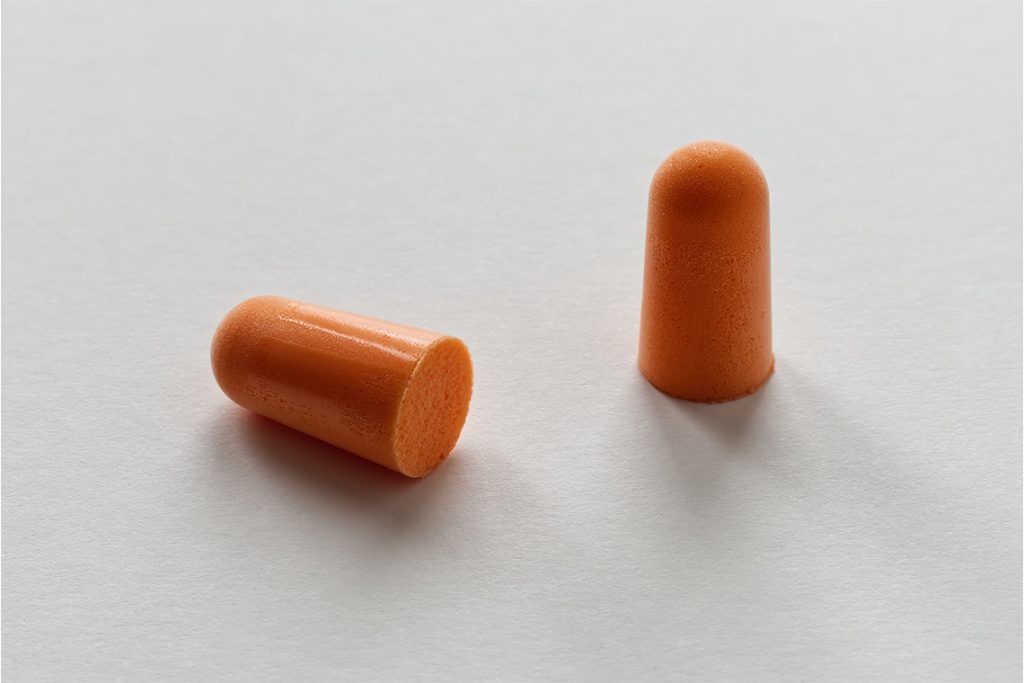
At the other end are so-called “high-fidelity” earplugs, which aim to only block specific frequencies, allowing users to better hear speech, music, or other “desirable sounds.” These earplugs range in price from around $20 for a general consumer pair to over $200 for a pair custom molded by an audiologist.
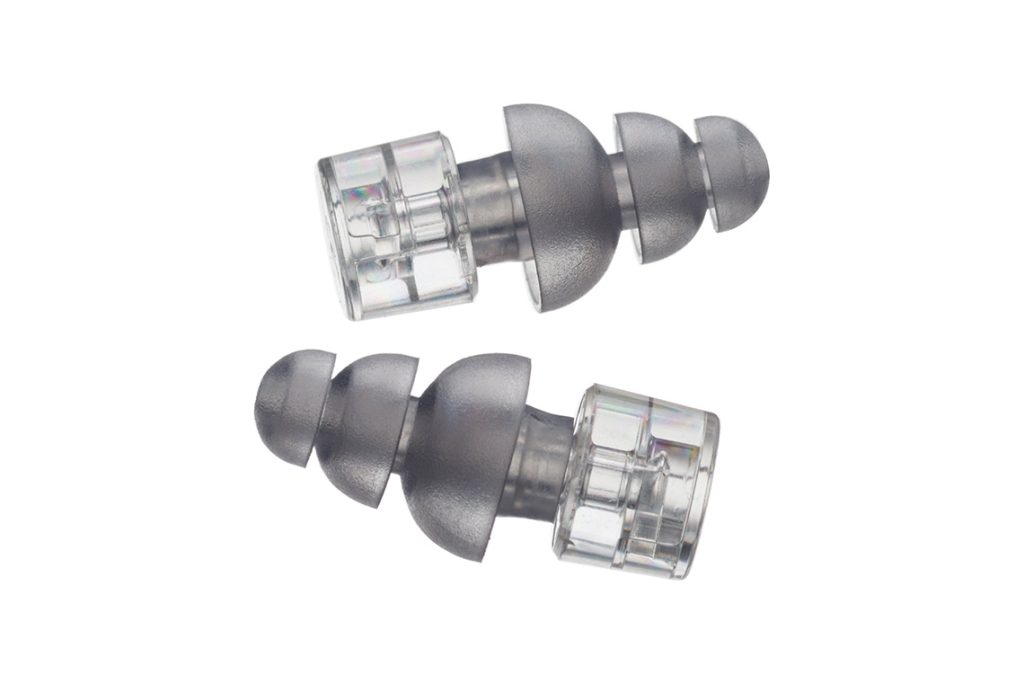
One aspect that we might consider to be a unifying factor between these two approaches to earplug design is their lack of stylishness. Foam earplugs — which often come in a construction-site-orange — awkwardly protrude from the ear and loudly identify the earplug user. The implicit suggestion here is that earplugs do not need to look good because they are an assistive technology. Their function is enough to justify their use.
Conversely, high-fidelity options may be more discrete, sometimes designed with clear silicone and shaped to nestle into the outer ear. This focus on discretion, perhaps, results from a view that earplugs are stigmatizing. In response, designers try to minimize earplugs’ visual interest.
Loop Earplugs
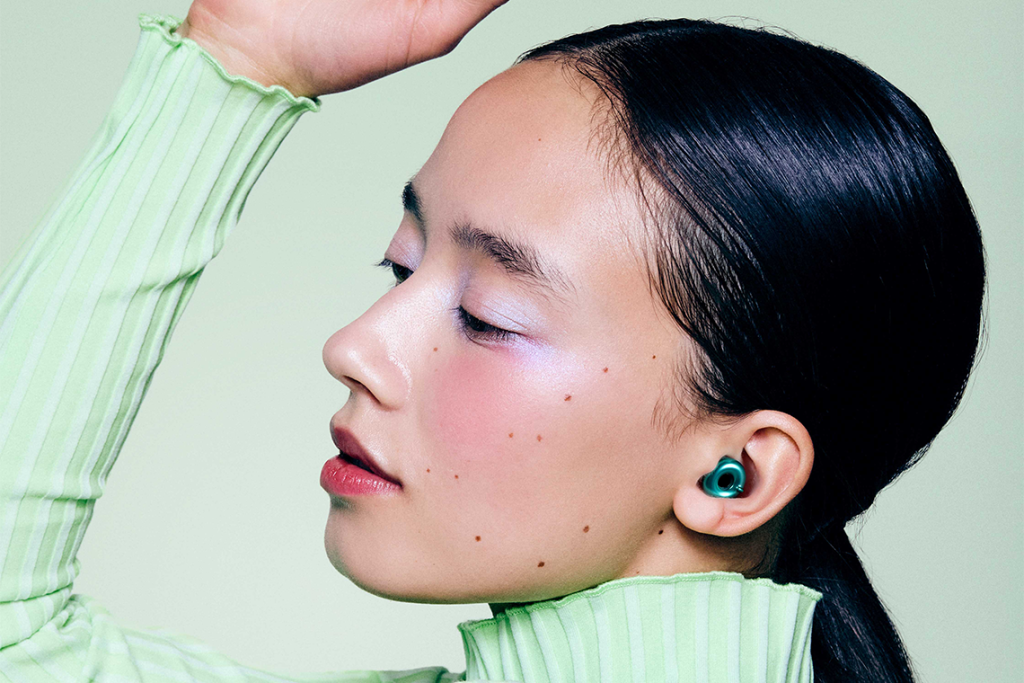
Loop has taken a different approach to its design. While protecting hearing and helping individuals with noise sensitivities are still primary motivations, the company sees a secondary design challenge: reducing the social stigma attached to wearing earplugs.
The stigma around wearing earplugs is complex and varies greatly due to the implied reason that one may be wearing earplugs. For example, an individual may not want to wear hearing protection at a concert because they feel they may be perceived as “weak” for not being able to stand the high volume. On the other hand, an individual with a noise sensitivity disorder such as hyperacusis may feel that the use of earplugs visually others them.
Loop attempts to break down this stigma by designing earplugs that are stylish and desirable. The company’s earplugs — with their signature “loop” — take their inspiration from earrings, earbuds, and other fashion accessories. And with pricing between $35 and $60, their cost is relatively comparable to those accessories.
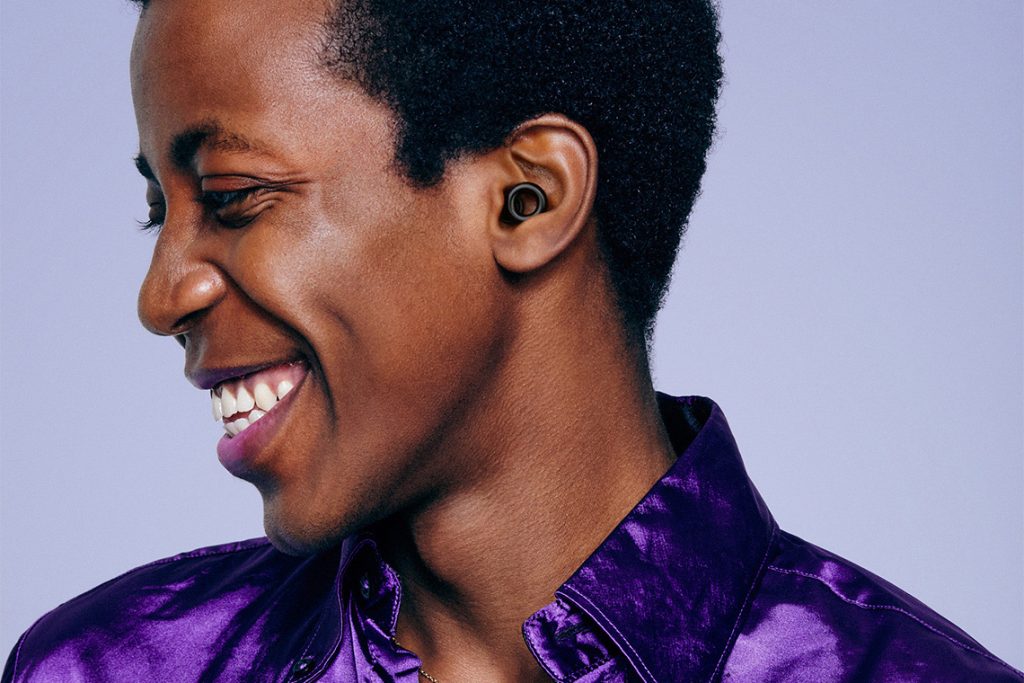
Rather than stick out or recede into the background, Loop Earplugs are designed to be incorporated into an individual’s outfit, perhaps contributing to an individual’s sense of style.
Additionally, Loop’s inclusive line of earplugs provide a high degree of utility to users by offering products that meet users’ needs, targeting specific frequencies and providing different levels of sound reduction. Some earplugs are meant to bring down the noise of a rave while others allow speech to pass through.
Despite their different aims, all earplugs retain Loop’s unifying visual identity. This works towards a benefit that concertgoers, subway riders, individuals with noise sensitivity, and parents can all enjoy: the reduction of social stigma.
As Maarten Bodewes and Dimitri O, the founders of Loop have stated, “Despite all the benefits, many still choose to skip out on earplugs…We want people to think of earplugs like sunglasses: if you wouldn’t think twice about putting your shades on when things get bright, why treat your ears any differently when it comes to noise?”
In other words, the best earplugs are worthless if people don’t want to wear them.